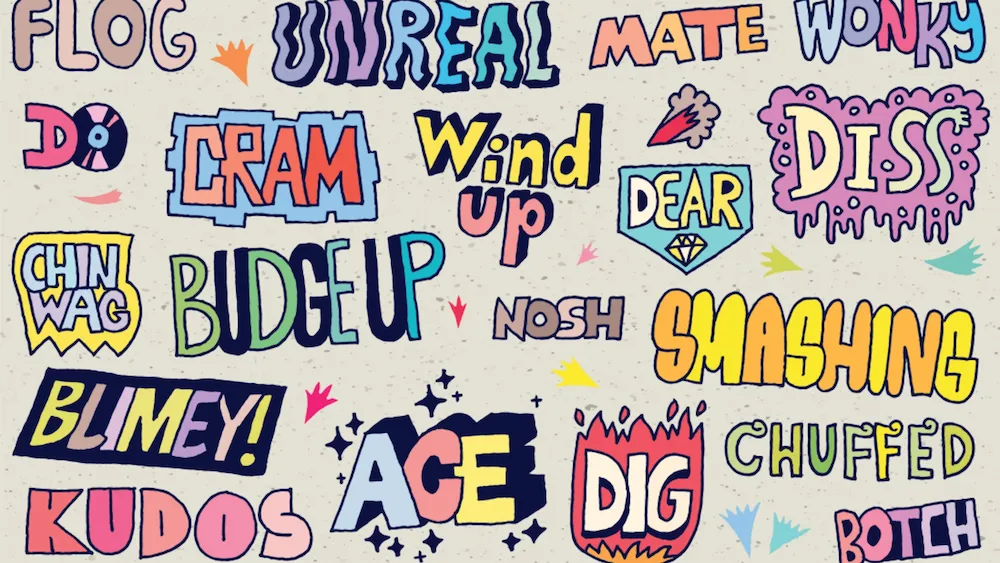Slang—the spontaneous, informal language that peppers our conversations—plays a pivotal role in modern communication, especially in creating rapport and expressing identity. This article delves into the nature of slang, its applications, and its impact on language evolution, offering insights for both native speakers and learners of English.
Understanding Slang: Its Role and Relevance
Slang is dynamic and contextually rich, often used to foster a sense of belonging within various groups—from teenagers to professionals. It encapsulates cultural trends and values, reflecting the ever-changing landscape of communication.
The Essence of Slang
Slang serves several purposes in communication:
- Identity Expression: It acts as a badge of identity, distinguishing the in-group from the out-group.
- Efficiency: Slang terms are often more succinct than their formal counterparts.
- Emotional Resonance: It often carries an emotional weight that standard language does not.
Why Use Slang?
Incorporating slang into speech is not just about being cool or trendy; it’s about being relatable. It helps bridge generational gaps and forms a common ground in diverse settings.
How Slang Shapes Our Language
Language is a living entity, continually adapting and evolving. Slang is at the forefront of this evolution, pushing boundaries and challenging norms.
The Lifecycle of Slang
Slang words can transition into common usage or fade out:
- Emergence: New slang often originates from subcultures or social media.
- Adoption: Wider usage can lead to acceptance in everyday language.
- Decline: Slang may lose its cool factor and get replaced by newer terms.
Case Studies: Slang Over the Decades
Reflect on terms like “groovy” from the 1960s or “radical” from the 1980s—both were once markers of contemporary culture but are now reserved for nostalgic references. More recent terms like “lit” or “woke” show how slang continues to evolve.
The Impact of Slang on Communication
While slang can enhance communication, it also has its pitfalls, particularly in professional or formal contexts where it might be deemed inappropriate.
Advantages of Using Slang
- Enhances Relatability: Makes speakers appear more personable and approachable.
- Quick Adaptation: Demonstrates linguistic agility and cultural awareness.
Disadvantages of Using Slang
- Potential for Misunderstanding: Not everyone may be familiar with specific slang, leading to confusion.
- Perception of Unprofessionalism: In certain environments, using slang can harm one’s credibility.
Best Practices for Using Slang
Navigating the use of slang requires sensitivity to context and audience:
- Know Your Audience: Ensure the slang is appropriate and well-understood by your listeners.
- Balance Your Usage: Mix slang with more formal language to maintain professionalism where necessary.
- Stay Informed: Keep up with emerging trends to understand new slang and its appropriate contexts.
Conclusion: Embracing Slang with Caution
Slang is an integral part of evolving languages, offering vibrant ways to express emotions and build community. However, its use should be strategic, reflecting both the speaker’s identity and the communication context. By understanding and adapting to the dynamics of slang, speakers can enhance their communication effectiveness while staying true to the linguistic traditions that shape meaningful connections.




